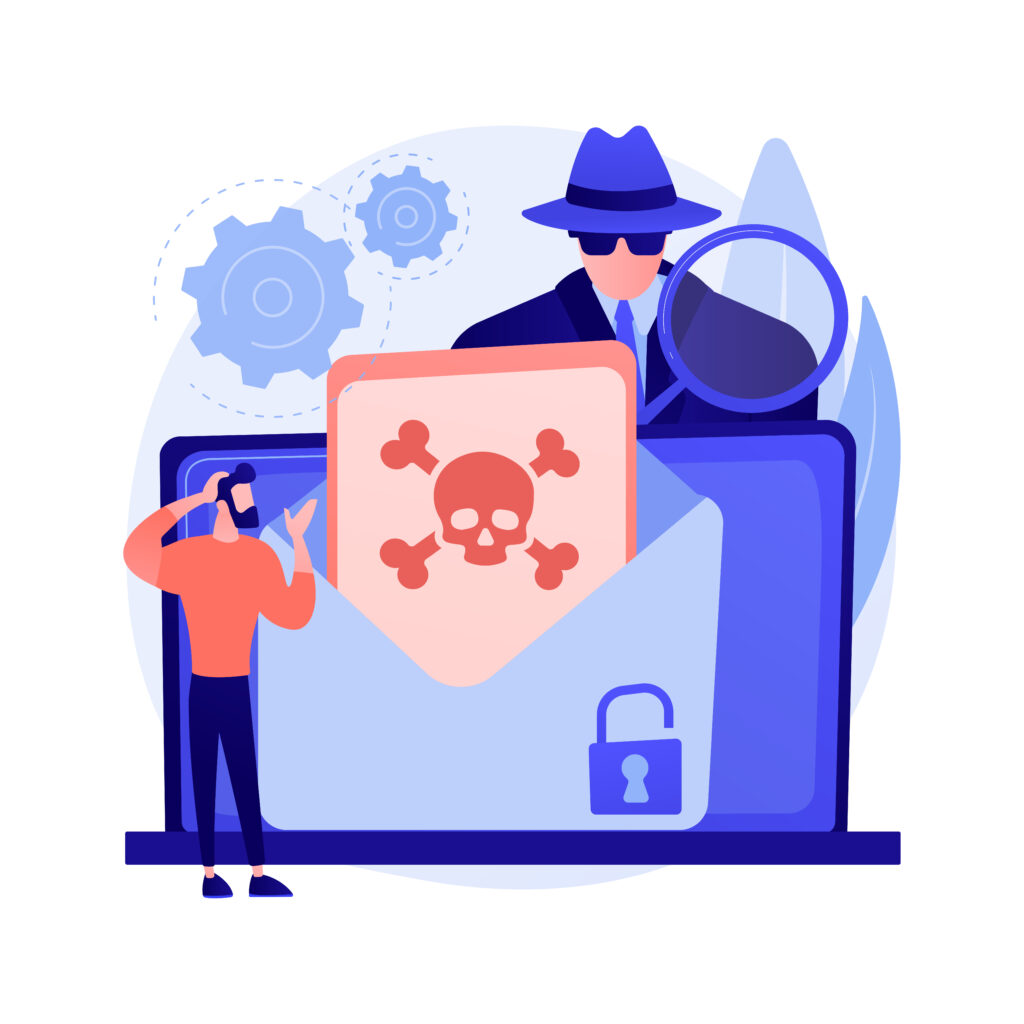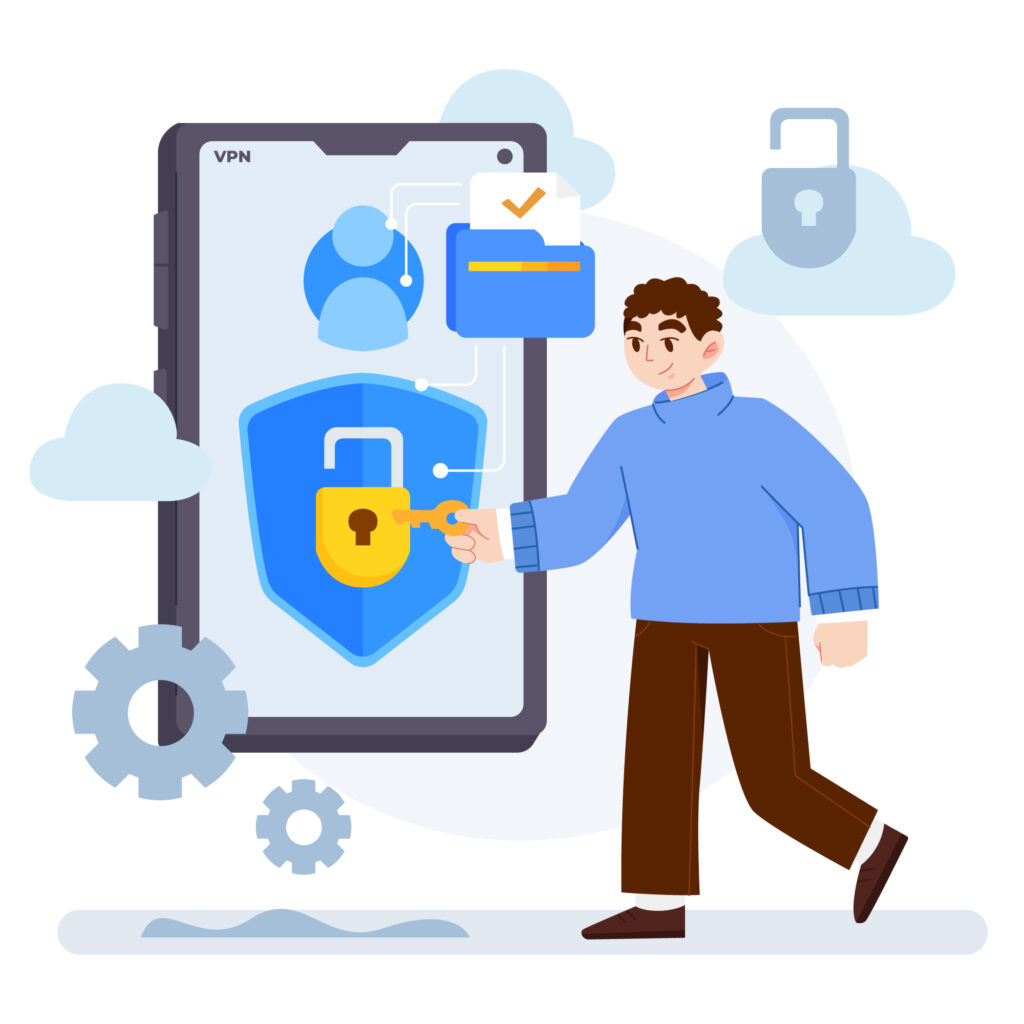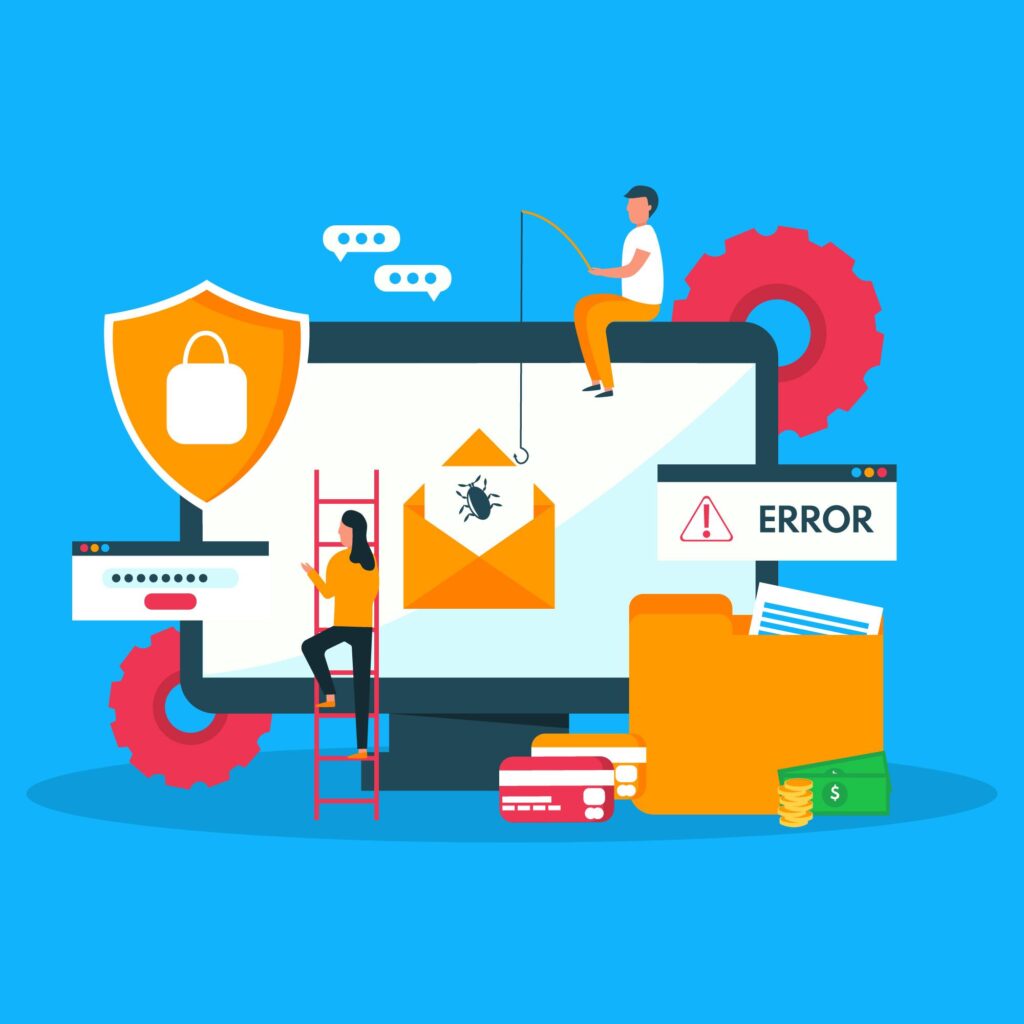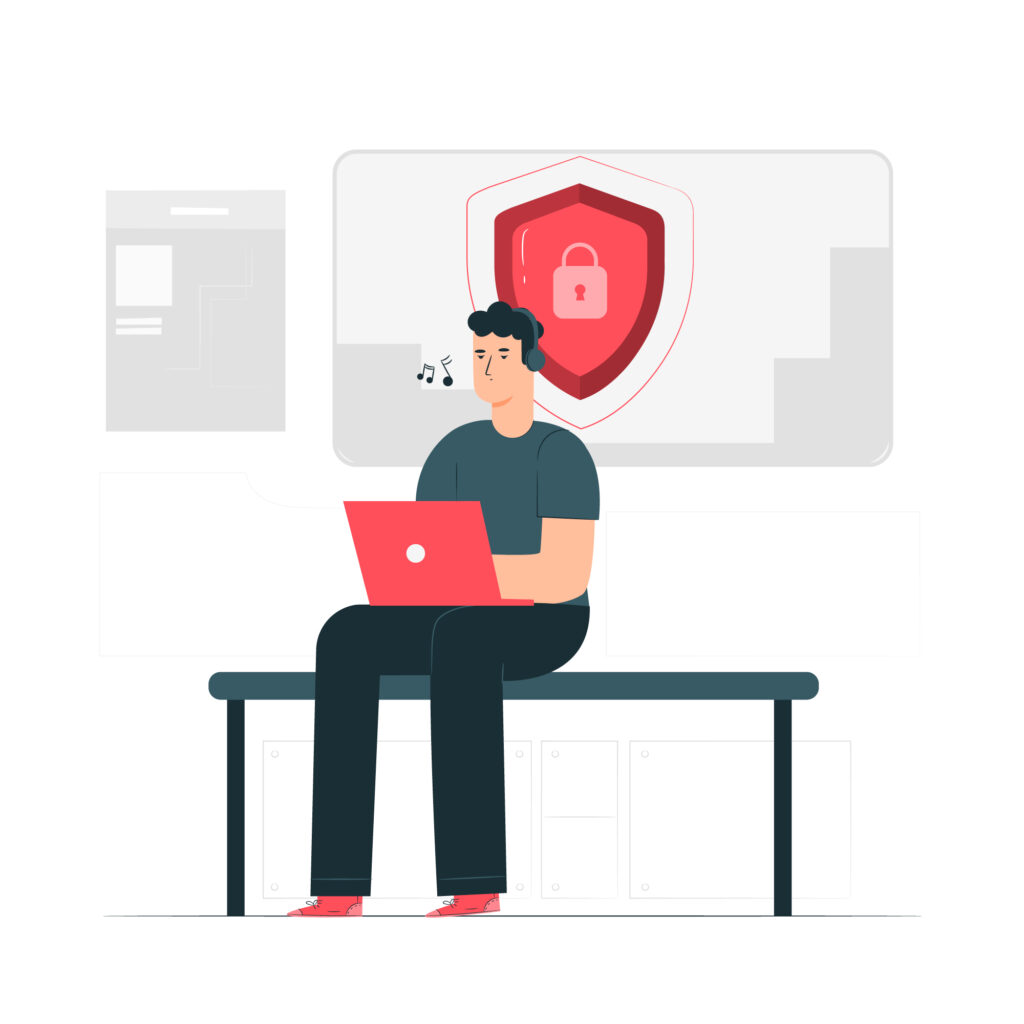 By: John Abhilash / June 24, 2024
By: John Abhilash / June 24, 2024
In today’s rapidly evolving digital landscape, effective vulnerability management is crucial for maintaining a robust security posture. While many organizations struggle to keep up with the constant stream of new vulnerabilities, seasoned security professionals have developed advanced tactics to stay ahead of potential threats. In this comprehensive guide, we’ll explore some lesser-known strategies that can significantly enhance your vulnerability management process.
For a deeper understanding of effective vulnerability prioritization strategies, explore the following key considerations and methods that go beyond traditional severity scoring: prioritizing based on exploitability, conducting contextual risk assessments, and evaluating factors like exposure, data sensitivity, business impact, and exploit availability.
Many organizations rely heavily on the Common Vulnerability Scoring System (CVSS) to prioritize their vulnerability remediation efforts. While CVSS scores provide valuable information, they don’t tell the whole story.
Security pros know that exploitability is often more critical than raw severity scores. A vulnerability with a lower CVSS score but a known exploit in the wild should typically take precedence over a high-scoring vulnerability with no practical exploit.
Consider the following factors when assessing the risk of a vulnerability:
Exposure: Is the vulnerable system internet-facing or internal?
Data sensitivity: Does the affected system handle sensitive information?
Business impact: How critical is the system to business operations?
Exploit availability: Are there known exploits in the wild?
In December 2021, the Log4j vulnerability (CVE-2021-44228) shocked the cybersecurity world. Despite its initial CVSS score of 10, what made it truly dangerous was its ease of exploitation and widespread use. Organizations that prioritized based on exploitability were able to address this critical issue more quickly than those solely relying on CVSS scores.
Explore the following considerations for implementing continuous vulnerability scanning, an essential practice advocated by top security professionals for maintaining real-time network security visibility and promptly addressing emerging threats.
While many organizations conduct vulnerability scans on a weekly or monthly basis, top security professionals advocate for continuous scanning.
Continuous scanning provides real-time visibility into your network’s security posture, allowing you to detect and address new vulnerabilities as soon as they appear.
Faster detection of new vulnerabilities
Reduced window of exposure
More accurate asset inventory
Ability to track security posture trends over time
Implementing continuous scanning can be resource-intensive. Consider the following solutions:
Use cloud-based scanning services to offload processing
Implement incremental scanning to focus on changes
Leverage agent-based scanning for remote and mobile assets
Tools to Consider:
Nessus Continuous Scanning
Qualys Continuous Monitoring
Rapid7 InsightVM
Tenable.io
Vulnerability scanners provide valuable data, but they lack context. Security pros use threat intelligence to understand the real-world implications of vulnerabilities. Read the following considerations to see how threat intelligence can help you prioritize effectively.
Vulnerability scanners provide valuable data, but they lack context. Security pros use threat intelligence to understand the real-world implications of vulnerabilities.
By integrating threat intelligence feeds with your vulnerability management process, you can better understand which vulnerabilities are being actively exploited in the wild.
Strategic: High-level information about cyber threats and trends
Tactical: Information about specific attack techniques and indicators
Operational: Details about specific incoming attacks or campaigns
Technical: Technical indicators like IP addresses, file hashes, and URLs
Choose reliable threat intelligence sources
Integrate feeds into your security information and event management (SIEM) system
Use threat intelligence platforms to aggregate and analyze data
Train your team to interpret and act on threat intelligence
Case Study: WannaCry Ransomware
Organizations that leveraged threat intelligence were better prepared for the WannaCry ransomware attack in 2017. They had prioritized patching the underlying EternalBlue vulnerability (MS17-010) based on intelligence about its active exploitation, even before the widespread attack began.
Traditional patches can be slow, leaving your systems exposed. Virtual patching offers a faster way to plug security holes. Explore the benefits and best practices below to see how virtual patching can strengthen your defenses.
Patching vulnerabilities can be a time-consuming process, especially in large or complex environments. Virtual patching offers a way to mitigate risks quickly.
These tools can be configured to block exploit attempts for known vulnerabilities, buying you time to implement permanent fixes.
Immediate protection against known exploits
Reduced downtime for critical systems
Protection for legacy systems that can’t be easily patched
Compliance with security standards while awaiting permanent fixes
Maintain an up-to-date inventory of assets and their vulnerabilities
Develop a process for creating and testing virtual patches
Monitor the effectiveness of virtual patches
Use virtual patching as a temporary measure, not a permanent solution
Tools to Consider::
ModSecurity (Open-source WAF)
Imperva SecureSphere
Palo Alto Networks Next-Generation Firewall
F5 BIG-IP Application Security Manager
Managing vulnerabilities manually is a tedious, error-prone process. Take control with automation! The following steps and considerations outline how automation can streamline remediation, freeing up your security team for more strategic tasks.
Manual vulnerability management processes are slow and error-prone. Top security professionals automate as much of the workflow as possible.
Automating the creation and tracking of remediation tickets ensures that vulnerabilities are addressed promptly and systematically.
Define clear remediation processes and policies
Map vulnerabilities to specific remediation actions
Implement automated ticket creation and assignment
Use orchestration tools to automate patch deployment
Set up automated validation scans post-remediation
Ensure proper testing of automated remediation actions
Implement safeguards to prevent unintended system impacts
Maintain human oversight for critical systems
Tools to Consider:
ServiceNow Vulnerability Response
Jira Service Management
BMC Helix Remediate
Ansible for automated patching
Vulnerability scanners are helpful, but they can’t catch everything. Penetration testing simulates real-world attacks, exposing weaknesses that automated tools might miss. This section explores different pen testing types and best practices to help you identify and address security gaps before attackers do.
While vulnerability scanning identifies known weaknesses, penetration testing can uncover complex vulnerabilities that automated tools might miss.
Use a combination of internal security teams and external penetration testing services to get a comprehensive view of your security posture.
Network Infrastructure Testing
Web Application Testing
Mobile Application Testing
Social Engineering Testing
Physical Security Testing
Clearly define the scope and objectives of each test
Use a combination of automated tools and manual techniques
Conduct tests regularly and after significant changes
Ensure proper handling of sensitive data during testing
Follow up on findings with concrete remediation plans
Case Study: The Capital One Breach
The 2019 Capital One breach, which affected over 100 million customers, was caused by a misconfigured web application firewall. Regular penetration testing might have identified this misconfiguration before it could be exploited.
Traditional security teams have limitations. Bug bounty programs tap into the vast talent pool of ethical hackers worldwide to find vulnerabilities in your systems. This section explores the benefits and steps to implement a successful bug bounty program, empowering you to continuously strengthen your defenses.
Bug bounty programs leverage the skills of ethical hackers worldwide to identify vulnerabilities in your systems.
Begin with a private bug bounty program and gradually expand to a public program as you refine your processes.
Access to a diverse pool of security talent
Cost-effective compared to full-time security staff
Continuous testing across your attack surface
Improved security posture and brand reputation
Define clear scope and rules of engagement
Set up a secure platform for report submission
Establish a triage process for incoming reports
Develop a fair and attractive reward structure
Build relationships with top performers
Tools to Consider:
HackerOne
Bugcrowd
Synack
Intigriti
An effective defense starts with knowing what you’re defending.Asset management creates a comprehensive inventory of your IT landscape, including hidden assets like shadow IT. This section explores the key components and challenges of asset management, along with recommended tools to illuminate your entire attack surface for better vulnerability management.
A comprehensive and up-to-date asset inventory is crucial for effective vulnerability management.
Use network discovery tools to maintain an accurate inventory of all assets, including shadow IT and forgotten systems.
Asset Discovery: Identify all devices, applications, and services on your network
Asset Classification: Categorize assets based on criticality and sensitivity
Asset Tracking: Monitor asset lifecycle, from procurement to decommissioning
Configuration Management: Maintain records of asset configurations and changes
Keeping up with rapidly changing environments
Managing cloud and IoT assets
Dealing with shadow IT
Maintaining accuracy in large, complex networks
Tools to Consider::
Armis
Axonius
Cisco Network Visibility and Segmentation
ServiceNow IT Asset Management
Security shouldn’t be an afterthought. Shift Left integrates security practices into the development lifecycle itself. This section details how to educate developers, foster a security-aware culture, and leverage tools to build secure code from the ground up.
Integrate security into the development process by educating developers about secure coding practices and common vulnerabilities.
Designate security champions within developmentteams to serve as a bridge between security and development.
Provide regular security training for developers
Integrate security testing into the CI/CD pipeline
Conduct code reviews with a focus on security
Use secure coding guidelines and checklists
Reward developers for identifying and fixing security issues
Static Application Security Testing (SAST) :CheckMarx, Veracode, OpenText
Dynamic Application Security Testing (DAST) :OWASP ZAP, Burp Suite, AppSpider
Interactive Application Security Testing (IAST) : Contrast Security,HdiV Security
Software Composition Analysis (SCA) :Black Duck ,Snyk,Mend.io
Effective vulnerability management requires ongoing measurement. Track key performance indicators (KPIs) like Mean Time to Remediate (MTTR) and Patch Coverage to identify areas for improvement. This section details valuable KPIs, implementation strategies, and reporting methods to ensure your vulnerability management program continuously strengthens your security posture.
Track key performance indicators (KPIs) to assess the effectiveness of your vulnerability management program.
Mean Time to Detect (MTTD)
Mean Time to Remediate (MTTR)
Vulnerability Density
Patch Coverage
Risk Reduction Over Time
Compliance Rate
Cost of Vulnerability Management
Align metrics with business objectives
Ensure metrics are actionable and drive improvement
Use a balanced scorecard approach to cover different aspects of vulnerability management
Regularly review and adjust metrics as your program matures
Develop executive-level dashboards for high-level overview
Create detailed reports for operational teams
Use trend analysis to track progress over time
Benchmark your performance against industry standards
CVSS scores have their place, but they don’t tell the whole story. Risk-based vulnerability management (RBVM) takes a more strategic approach, focusing on vulnerabilities that truly threaten your business. This section explores the key components of RBVM and how to implement it for smarter prioritization..
Risk-based vulnerability management goes beyond simple severity scores to consider the actual risk each vulnerability poses to your organization.
Asset Criticality: Assess the importance of each asset to business operations
Threat Intelligence: Incorporate real-world exploit data
Vulnerability Context: Consider the potential impact of each vulnerability
Compensating Controls: Account for existing security measures
Develop a risk scoring methodology
Integrate data from multiple sources (scanners, threat intel, asset management)
Use machine learning algorithms to analyze and prioritize risks
Continuously refine your risk model based on new data and changing threats
Vulnerability management is a data-heavy task. Artificial intelligence (AI) and machine learning (ML) can be powerful allies, analyzing vast datasets to identify patterns and prioritize threats that might slip through the cracks. This section explores how AI/ML can be applied in vulnerability management, along with the challenges and considerations to ensure this powerful technology is used effectively..
AI and ML can significantly improve vulnerability management by analyzing vast amounts of data and identifying patterns that humans might miss.
Predictive Analytics: Forecast potential vulnerabilities before they’re discovered
Automated Triage: Prioritize vulnerabilities based on multiple factors
Anomaly Detection: Identify unusual patterns that may indicate new vulnerabilities
Natural Language Processing: Analyze security bulletins and threat intelligence reports
Ensure the quality and diversity of training data
Maintain transparency in AI/ML decision-making processes
Combine AI/ML insights with human expertise for best results
While the tactics discussed above can greatly improve your vulnerability management process, coordinating all these efforts can be challenging. This is where Guardian, an innovative Application Security Posture Management (ASPM) solution, comes into play.
Key Features of Guardian:
Centralized Dashboard: Get a holistic view of your security posture with a centralized dashboard that consolidates data from multiple tools.
Noise Reduction: Guardian’s intelligent algorithms reduce false positives and highlight the most critical vulnerabilities, helping you prioritize remediation efforts.
Correlated Insights: By correlating data from different security tools, Guardian provides deeper insights into vulnerabilities and potential attack vectors.
By implementing Guardian alongside the tactics discussed in this article, you can take your vulnerability management program to the next level, ensuring that your organization stays protected in an ever-changing threat landscape.
Check Out our Other Resources : Master ASPM :Build a secure strategy







Leave a Comment